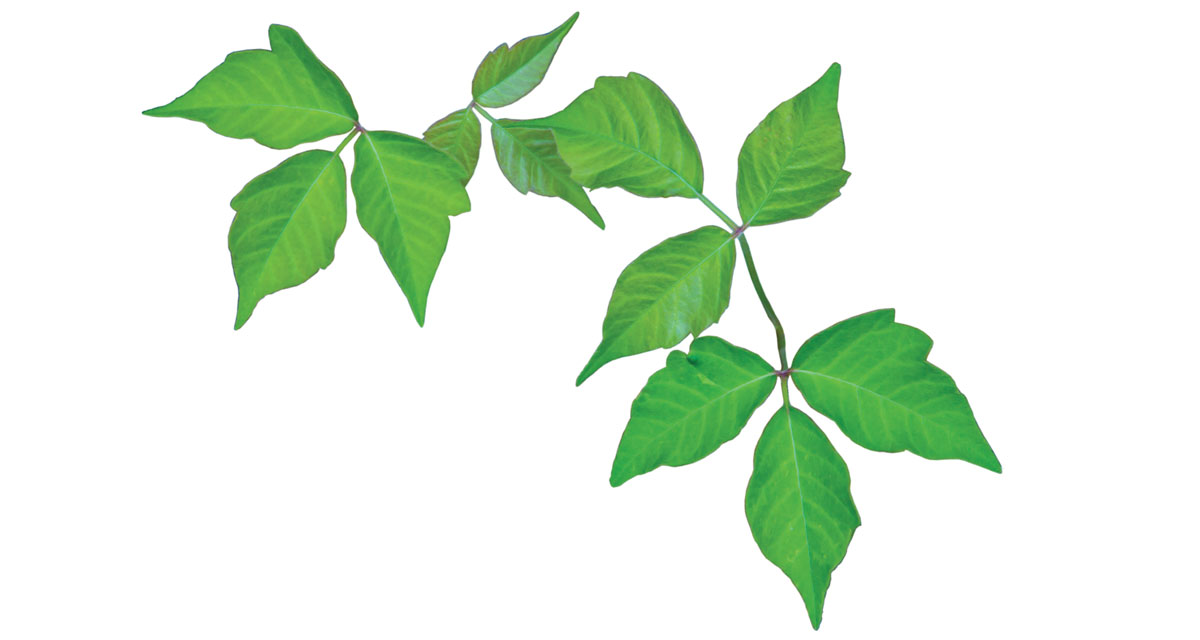Nature is sneaky! Even with slow-moving, tip-toeing efforts to walk carefully through trails, wooded locations, and within the perimeter of your yard, the leaves of poisonous plants can be hard to recognize. Beyond knowing that poison ivy grows on vines and poison sumac is a shrub, the ability to recognize poisonous and toxic plants will keep everyone safe this summer!
Allium: How can such a beautiful flower be on a poisonous plant list? Awareness is essential! Think about Dr. Seuss’s book the Lorax. Allium has a tall leafless stem with many purple flowers creating the shape of a perfect sphere. The bulb, flowers, and stem are poisonous.
Daffodil: Perhaps not in humans, but the bulb and the flower can trigger vomiting in animals. The daffodil contains lycorine, which will result in symptoms of abnormal breathing, diarrhea, increased heart rate, and vomiting. Other flowers poisonous to animals are amaryllis, azaleas, crocus, larkspur, tulips, and wisteria.
Elderberry: Often found in the wild, the elderberry bush, recognized for its fruit’s medicinal properties, which can reduce the symptoms of flu, is also poisonous. Although the canes are red, the clusters of small blue-black bunches require cooking to be safe for digestion.
Poison Ivy: We all know one rhyme quite well. “Leaves in three, let it be!” Check the leaves first. One characteristic is a glossy green shine; then, look closely at the leaf structure. Each of the three leaflets will not form one leaf, but the individual leaves are set within a cluster. Eastern poison ivy is a vine, which possesses a fuzzy, rope-like appearance. Western poison ivy has a long stem and can grow in a clump similar to a shrub. In the fall, leaves turn various shades of red, orange, and yellow.
Killing the Plant: Safely cut the vine close to the ground; then, brush a glyphosate-based herbicide over the stem. The active ingredient will stream directly into the roots.
Poison Oak: Similar to poison ivy, the bright green and shiny leaves of poison oak are in threes. Recognizable as oak leaves with toothed leaflets, it can appear as a shrub or woody vine. Be wise and avoid the white (with a black dot at the top) arrangement in slender clusters. In the fall, colors change to yellow, bright red, or pink.
Four Levels of toxicity:
- Major toxicity: severe illness or death
- Minor toxicity: ingesting may cause diarrhea and vomiting
- Oxalates: saps or juices may result in skin irritations, breathing difficulties and throat swelling, and stomach pain.
- Dermatitis:skin rashes or irritations
Poison Sumac: Mostly found in wet soil or close to sources of water, such as a pond or marsh. The woody plant grows six feet tall while the leaves are oval and form a tip or point. Along the red stem are seven to 13 individual leaves. Small yellow-green flowers develop slender, drooping clusters of pale-yellow or cream-colored berries.
Removing the Oils: A reaction can appear within three hours or after 24 hours. Wash skin with cold water and soap, such as Fels Naptha. Additionally, rub equal parts of water and rubbing alcohol onto the skin. Immediately launder clothes to prevent potential susceptibility, which also includes gloves, shoelaces, and a sleeping bag if camping.
Singing Nettles: Be wary of any plant that has hairs on the underside of the leaves and stems, such as the stinging nettle. Two identifying characteristics are the heart-shaped, toothed leaves, and the flowers of either a bright yellow or pink.
Other Poisonous Plants
Who would expect many of our favorite plants to have poisonous roots, stems, leaves, flowers, or berries? Knowledge and continuous research will help aid our understanding and teach others about the potentially life-threatening symptoms. Continue to point out examples of poisonous or toxic plants to family, friends, and especially, young children. Repeat often the recognizable characteristics such as the appearance of shiny leaves and red stems. The rule not to touch or consume unrecognizable berries could also save more than one life!
Call the Poison Control Center, 800-222-1222, for all poison-related emergencies.























